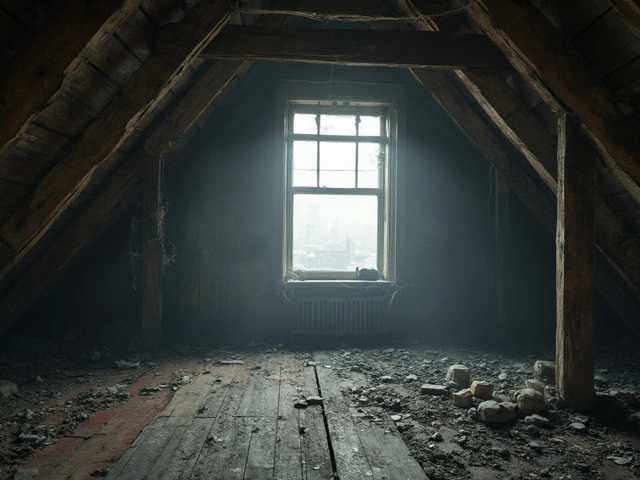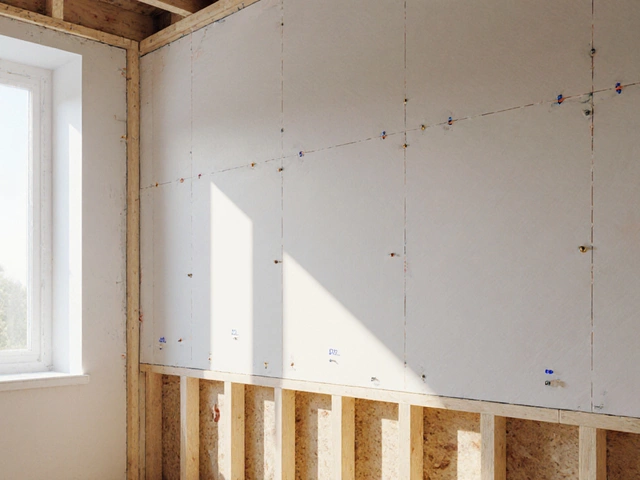Indoor Air Quality: Simple Steps for a Healthier Home
Ever walked into a room and felt the air was stuffy or smelled odd? That’s a sign your indoor air quality (IAQ) needs a check‑up. Bad IAQ can cause headaches, sneezing, and even long‑term health issues. The good news? You can improve it without hiring a specialist or spending a fortune.
Identify Common Indoor Pollutants
First, know what’s floating around inside your house. Dust, pet dander, mold spores, and chemicals from paints or sealants are the usual suspects. Even tiny particles from construction material like limestone dust can linger if they aren’t sealed properly. If you’ve recently renovated or added new flooring, the air may carry more of these particles than you realize.
Practical Ways to Boost Air Quality
Ventilate regularly. Open windows for 10‑15 minutes each morning and evening. This creates a flow that pushes stale air out and fresh air in. If the weather is extreme, use exhaust fans in kitchens and bathrooms – they pull moisture and odors directly outside.
Control moisture. Damp spots are mold breeding grounds. Keep indoor humidity between 30‑50 % using a dehumidifier or by fixing leaks promptly. Wipe down shower walls after use and ensure laundry rooms have proper ventilation.
Upgrade filters. Your HVAC system’s filter catches dust and pollen, but a cheap filter lets many particles slip through. Switch to a MERV‑13 or higher filter – it’s still easy to install and traps finer contaminants without hurting the system.
Choose low‑emission materials. When buying paints, sealants, or flooring, look for labels that say “low VOC” or “zero VOC.” These products release fewer chemicals over time, keeping the indoor air cleaner. Even natural stone like limestone can be a good choice if it’s sealed properly, preventing dust from entering the air.
Test the air. Portable IAQ testers are affordable and give quick readouts for pollutants like carbon dioxide, formaldehyde, and fine particles. Run a test after a big renovation project to see if you need extra ventilation or a professional cleaning.
By making these small changes, you’ll notice fresher air, fewer allergies, and a more comfortable living space. Good indoor air quality isn’t a one‑time fix; it’s a habit of keeping the house dry, well‑ventilated, and using clean materials. Start today, and breathe easier tomorrow.
Why New Builds Get Mold: Hidden Causes and Easy Solutions

New homes are supposed to be perfect, but mold? Find out why new builds are hiding a damp secret and how you can tackle lingering moisture before it turns into a nightmare.
read more



